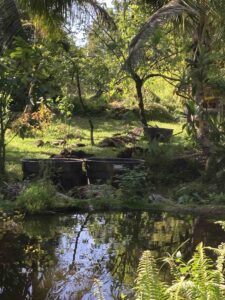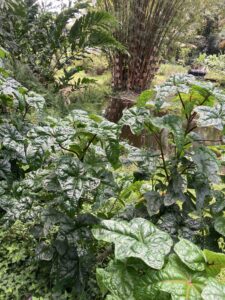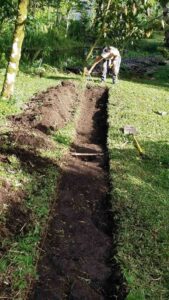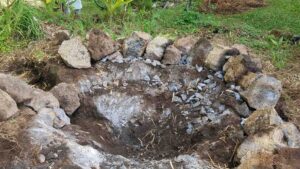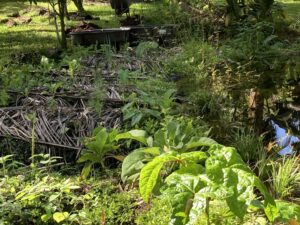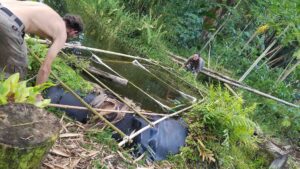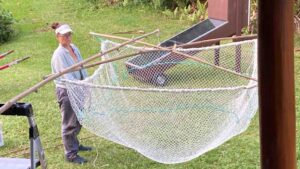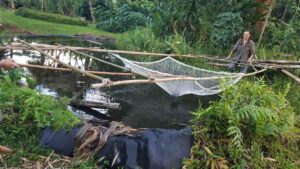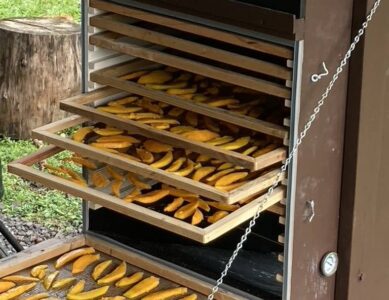We just filed our final report for the food security micro-grant, after a flurry of activity for last couple of months. Family emergency caused Diga to miss most of February and March, so we didnʻt accomplish as much as weʻd hoped, but all the grant funds have been expended and we have supplies to finish several projects in the future. Here is the rundown:
Passive Solar Dehydrator.

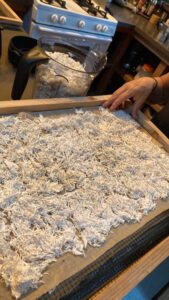
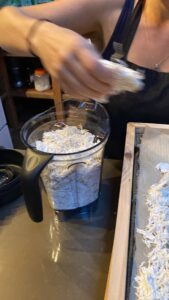
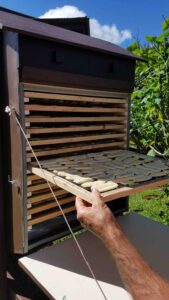
Michael was able to complete this design, called the Appalachian, early in the grant period. Weʻve had quite a bit of experience with it, now, making dried fruit (mango, banana, jackfruit) and starch/flour (ulu and cassava). 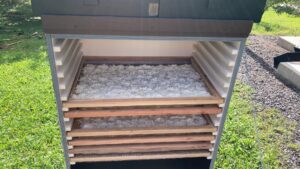
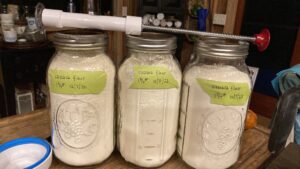
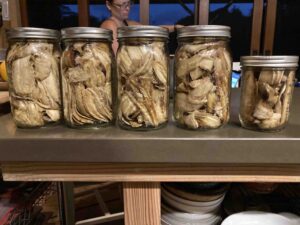
The bananas and starches dry quite well; the mangoes and jackfruit can tend to take on a blackening that has to do with oxidation and excessive heat. Still dialing that in. Also, the air circulation isnʻt as rapid as weʻd hoped. This confirms our friend Ilanaʻs conclusion from her local experience with a dehydrator of the same design. So, recently weʻve been setting up an electric fan at the air inlet in order to increase the movement of air within the apparatus. We think that to have the unit be truly functional, it will need a dedicated fan with a small, lightweight solar panel (such as is used for greenhouses) mounted onto it. This causes us some disappointment, because weʻd hoped to have the unit be truly passive, as it is in the Appalachian area in which it was developed. Weʻre put in mind of our neighbor Ann, who simply puts her sliced fruit on screens on the roof on a hot day, or of the Maui solar dehydrator which is basically just a table in the sun with glass on top. That being said, the dehydrator does allow us to process and store surplus crops from abundant times of the year, without using refrigeration.
Apiary. Early in the grant period, we had the opportunity to locally purchase two top bar hives with established colonies from a reputable local beekeeper. We jumped on this, rather than having to build our own.
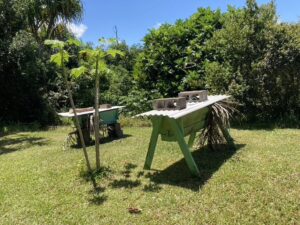
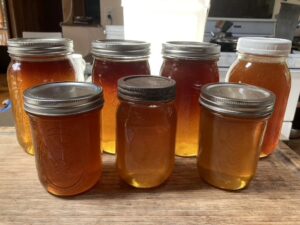
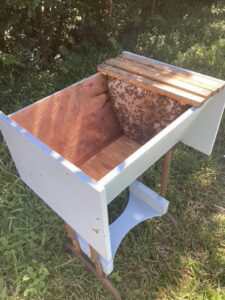
Thus, weʻve spent the year tending these hives and gleaning honey, rather than attempting to build up our colony numbers through catching swarms and doing splits. Diga has really come into his own on beekeeping, finally recovering from his novice beekeeping trauma 30 years ago (youʻll have to ask). Hive tending has been regular, and no catastrophes have happened with small hive beetle or absconding. Michael refurbished our 3rd top bar hive and built a custom side-hive-box that is very useful during hive maintenance. We acquired roofing, screws, hardware, and bamboo preservation supplies to eventually build a structure to cover the bee hives. This will allow us to do maintenance without worrying about rain, and it will keep the colonies cooler in the summer when new wax can be prone to falling off the bars. Meanwhile, one of the colonies swarmed, finding a new home in the Girlsʻ Cabin outhouse. Since this is the 2nd time a swarm has ended up there, weʻve decided to call it the Swarm Squatter. Our next job is to relocate the swarm into our empty 3rd box!
Water Storage and Taro Patches. Weʻve finished the establishment of underground gray water systems for two buildings, feeding the nutrient water to taro leaf and bananas. Weʻve also plumbed four downspouts at three buildings to direct-irrigation taro patches or to stock tanks. Weʻve purchased two tanks which remain undeployed, one for gravity irrigation at the main house zone 1 garden, and one 625 gallon tank with location yet-to-be-determined, but possibly destined for the water collection from our future bee shelter. The pump house has also been guttered and plumbed to add to the gravity overflow system feeding the aquaponics system, described below.
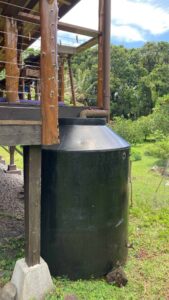
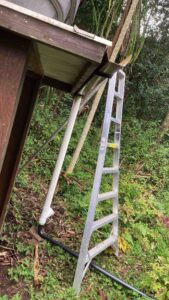
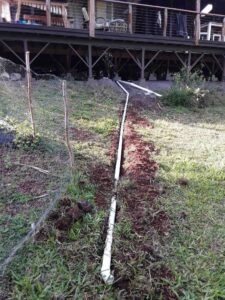
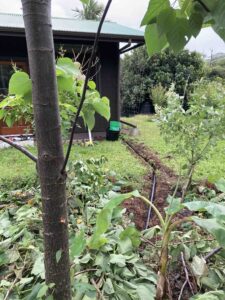
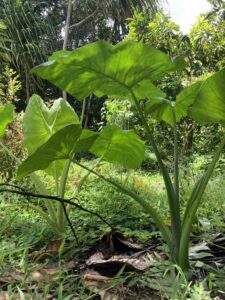
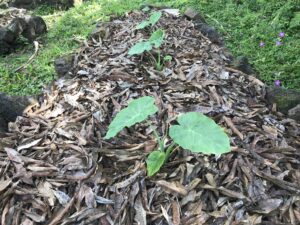
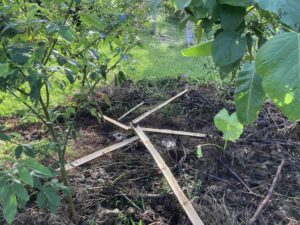
Duck/Tilapia/Greens Aquaponic System. This system is probably halfway complete. The pond garden beds are built and planted, with a small amount of greens coming from them. Beds on the other side of the pond are starting to be built. The prototype tilapia harvest net is built and is effective for two people to glean tilapia lured with bele. Water has been plumbed from the catchment tank/pump house to an area close to the future duck pond. Significant rock-breaking work has occurred at the duck pond site, where lava rock has needed to be excavated using a hammer drill because elevation considerations determined that this is the only feasible site. Similarly, the stream-pond–intended for experimentation with water crops such as rice and chuffa–has been mostly dug and rock-broken. Hardscaping has been completed to install the two 150 gal settling tanks. It is at this juncture that weʻve chosen to leave this project, in order to focus several months on planting long-term trees from our nursery into designated spots on the land.
